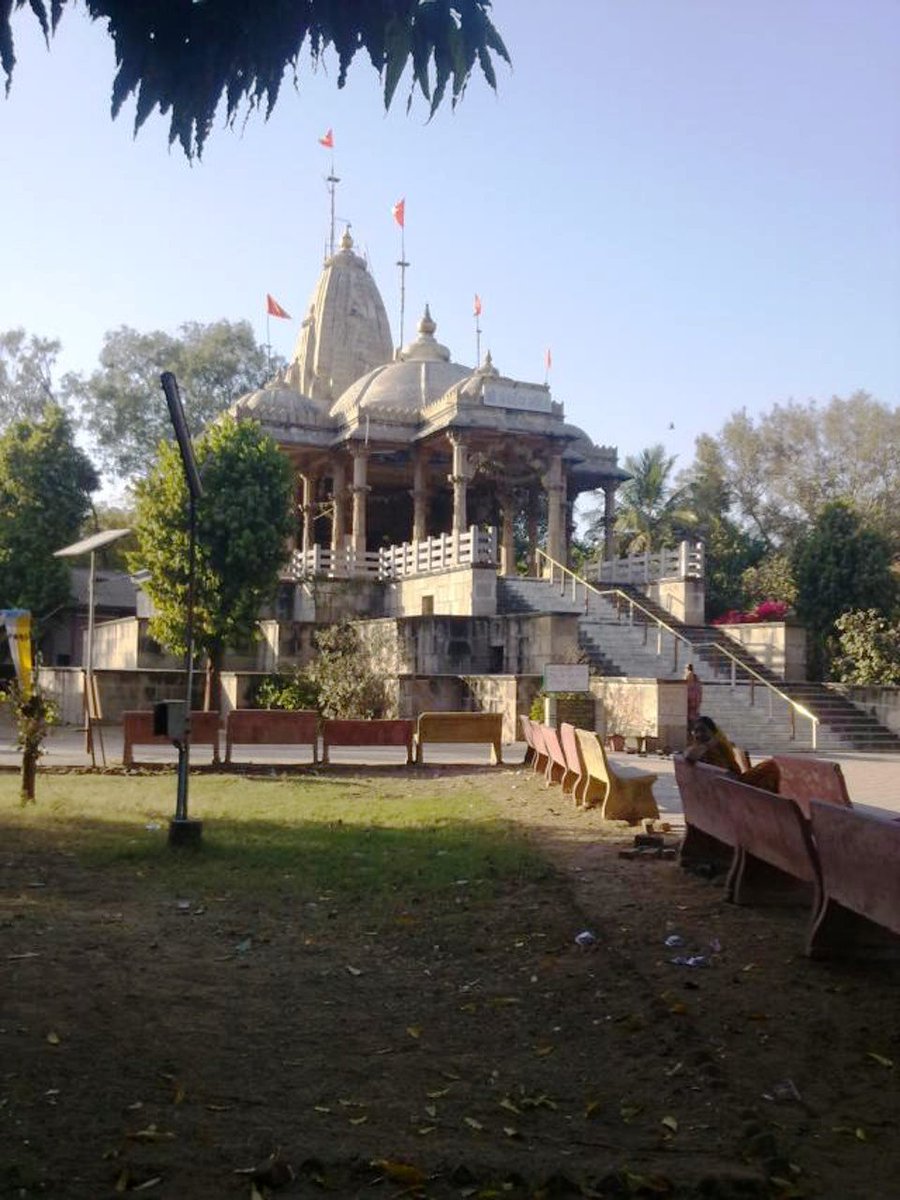
Today is 57th foundation day of Gujarat state capital Gandhinagar. It is the 8th capital city of Gujarat. #HappyBirthdayGandhinagar 







There were 7 capitals of Gujarat in past-Dwarka, Junagadh, Valabhi, Bhinnamal, Patan, Ahmedabad & Champaner. Present capital Gandhinagar is 8th capital of Gujarat.
On 2-8-1965 first foundation brick of Gujarat capital, Gandhinagar laid was of Guest House building of Gujarat Electricity Board.10500 acres agriculture land of 2382 farmers & 5000 acres government land of 12 villages were acquired to build new capital city Gandhinagar.
Initially, Sector 29 and Sector 30 were developed for pioneer inhabitants of newly founded capital city Gandhinagar. On 1st May 1970 Gujarat state Sachivalay (secretariat) started functioning at Gandhinagar. State Assembly started in the building of the present state library.
First religious places of Gandhinagar: Panchdev temple in Sector 22 was founded in 1972 AD, Madina Masjid in Sector 29 was built in 1970 AD and Catholic Church in Sector 8 was built in 1992 AD. 





44 years old pictures of architect model of Sachivalaya complex and shopping-cum-office complex of #Gandhinagar. 

44 years old picture of the first Government Primary School of #Gandhinagar. 

44 years old pictures of the marketplace and first college of #Gandhinagar. 

44 years old picture of Panchdev temple in Sector 22 of #Gandhinagar. It was founded in 1972 AD and the present photo of this temple. 



• • •
Missing some Tweet in this thread? You can try to
force a refresh







